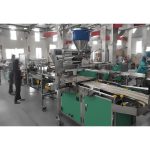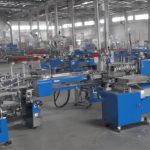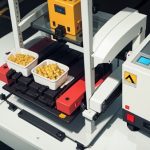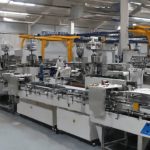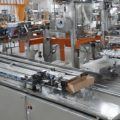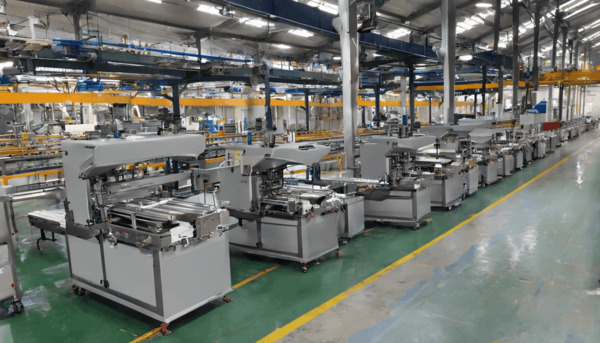
Understanding the Mechanism of a Blister Machine
Blister machines are essential in the packaging industry, particularly for pharmaceuticals, consumer goods, and food products. These machines provide a secure and efficient way to package items, ensuring product safety and integrity. This article delves into the mechanism of a blister machine, explaining its components and functionality.
Components of a Blister Machine
Forming Station
The forming station is the initial stage in the blister packaging process. Here, the plastic or aluminum film is heated and molded into the desired shape to create cavities that will hold the product. The forming station uses heat and pressure to achieve the precise dimensions required for the packaging.
Feeding Station
Once the cavities are formed, the feeding station comes into play. This station is responsible for accurately placing the products into the formed cavities. Depending on the type of blister machine, this process can be manual or automated. In high-speed machines, such as the 50 kg packing machine, automation ensures efficiency and precision.
Sealing Station
The sealing station is where the formed and filled cavities are sealed with a lidding material, typically a plastic or aluminum foil. This process involves applying heat and pressure to ensure a secure and tamper-evident seal. The sealing station is crucial for maintaining the product’s integrity and extending its shelf life.
Cutting Station
After sealing, the blister packs are transported to the cutting station. Here, the packs are cut into individual units or strips, depending on the packaging requirements. The cutting station uses precision blades to ensure clean and accurate cuts, which is essential for the final presentation of the product.
Working Principle of a Blister Machine
Thermoforming Process
The thermoforming process is a key mechanism in blister machines. It involves heating a plastic film until it becomes pliable, then forming it into the desired shape using a mold. This process is highly efficient and allows for the production of various blister pack designs. The 50 kg packing machine utilizes advanced thermoforming techniques to ensure high-quality packaging.
Cold Forming Process
In contrast to thermoforming, the cold forming process does not involve heating the film. Instead, it uses pressure to shape the aluminum film into cavities. This method is often used for packaging products that are sensitive to heat. Cold forming provides excellent barrier properties, making it ideal for pharmaceutical packaging.
Automation and Control Systems
Modern blister machines, including the 50 kg packing machine, are equipped with sophisticated automation and control systems. These systems ensure precise control over the packaging process, from forming and feeding to sealing and cutting. Automation enhances efficiency, reduces human error, and increases production speed.
Applications of Blister Machines
Pharmaceutical Industry
Blister machines are widely used in the pharmaceutical industry for packaging tablets, capsules, and other dosage forms. The secure and tamper-evident packaging provided by blister machines ensures the safety and efficacy of pharmaceutical products. The 50 kg packing machine is particularly suited for high-volume pharmaceutical packaging.
Consumer Goods
In the consumer goods sector, blister machines are used to package a variety of products, including batteries, toys, and electronic components. The transparent packaging allows consumers to view the product while providing protection against damage and contamination.
Food Industry
The food industry also benefits from blister packaging, particularly for items like chocolates, candies, and snacks. Blister machines ensure that food products are securely packaged, maintaining freshness and extending shelf life. The 50 kg packing machine can handle large volumes, making it ideal for food packaging applications.
Conclusion
Blister machines play a crucial role in the packaging industry, offering a reliable and efficient way to package a wide range of products. Understanding the mechanism of a blister machine, from the forming and feeding stations to the sealing and cutting stations, is essential for optimizing packaging processes. Advanced machines like the 50 kg packing machine provide high-speed, automated solutions that enhance productivity and ensure product integrity. Whether in pharmaceuticals, consumer goods, or the food industry, blister machines are indispensable for modern packaging needs.
